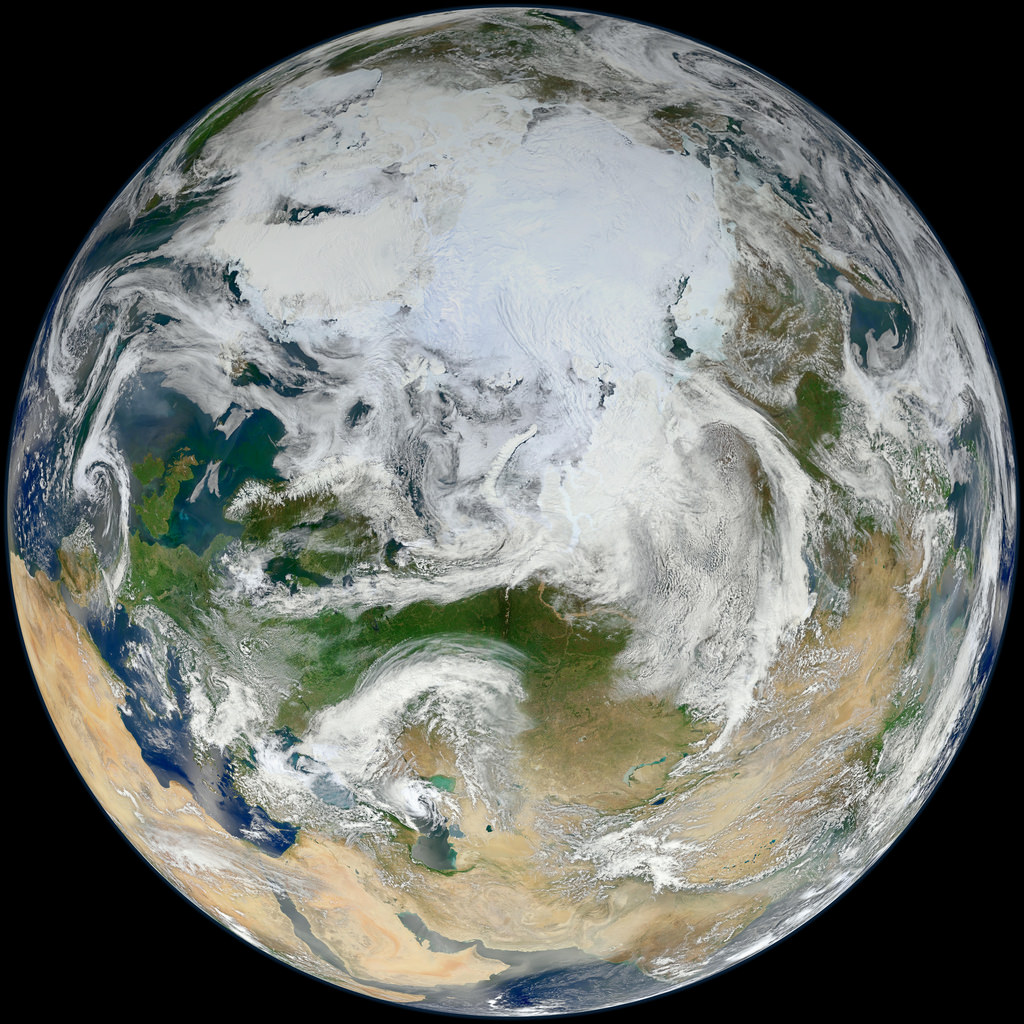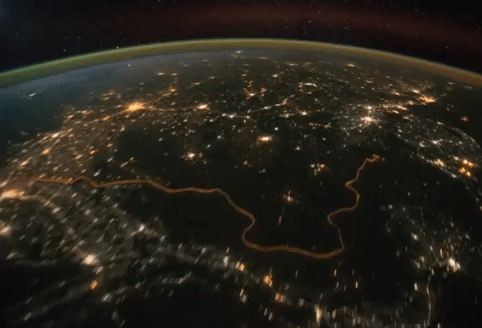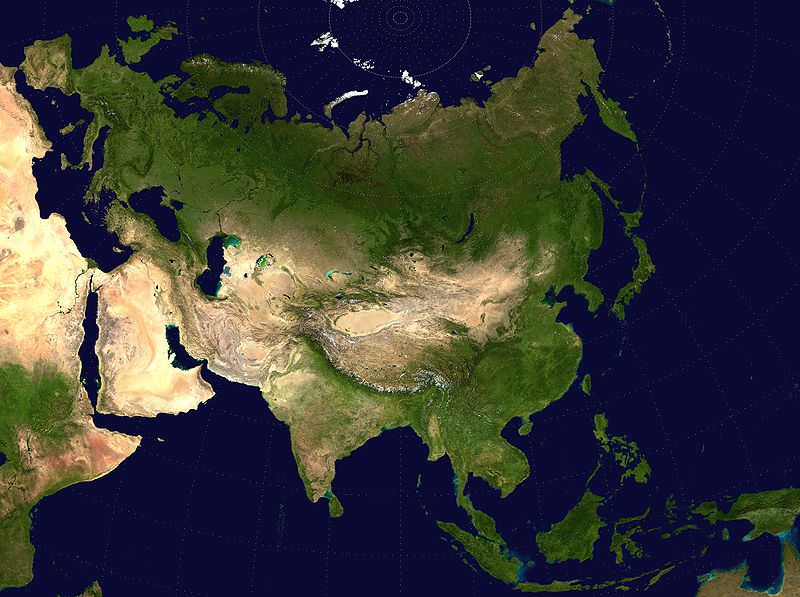[/caption]
There are a few different ways to answer ‘what is the largest continent’. The first is by area and another is by population. By area, Asia is the largest continent at 44,391,162 square km. It is also the largest by population with more than 4 billion people.
There is quite a bit of debate as to how many continents there are. Some areas of the world combine Asia and Europe into one continent called Eurasia. In that case, the continent of Eurasia would be the biggest continent in both area and population.
The debate as to how many continents there are is based in the basic, yet confusing definition of what a continent is. A continent is understood to be large, continuous, discrete mass of land, ideally separated by an expanse of water. Many of the seven most commonly recognized continents identified by convention are not discrete landmasses separated by water. The criteria of being large is used arbitrarily. Greenland has an area of 2,166,086 square km and is considered an island. Australia has an area of 7,617,930 square km, but it is called a continent. The distinct landmass separated by water criteria is sometimes ignored in the case of Europe and Asia. All of the criteria are a consensus, not a rule, so some countries teach a different number of continents.
Whether you have been taught that there are 6 or 7 continents, you need to know that here have been changing numbers of continents since the formation of the Earth. There have been anywhere from 1 to 7 continents. As the tectonic plates have shifted, the continents have broken apart and collided together again. The Earth’s tectonic plates are still moving, so it is hard to predict how many continents there will be in 500,000 years, 1 million years, and so forth.
The answer to ‘what is the largest continent’ is pretty cut and dry. If you consider that there are seven continents, then Asia is the largest in area and population. If you combine Europe and Asia into the continent of Eurasia, it is still the largest by area and population.
We have written many articles about Continent for Universe Today. Here’s an article about the number of continents in the Earth, and here’s an article about the Continental Drift Theory.
If you’d like more info on continents, check out NASA’s Solar System Exploration Guide on Earth. And here’s a link to NASA’s Earth Observatory.
We’ve also recorded an episode of Astronomy Cast all about planet Earth. Listen here, Episode 51: Earth.
Source:
Wikipedia



